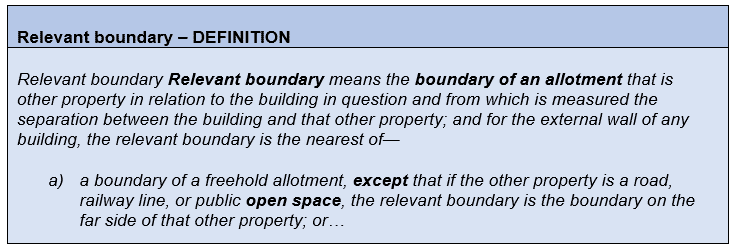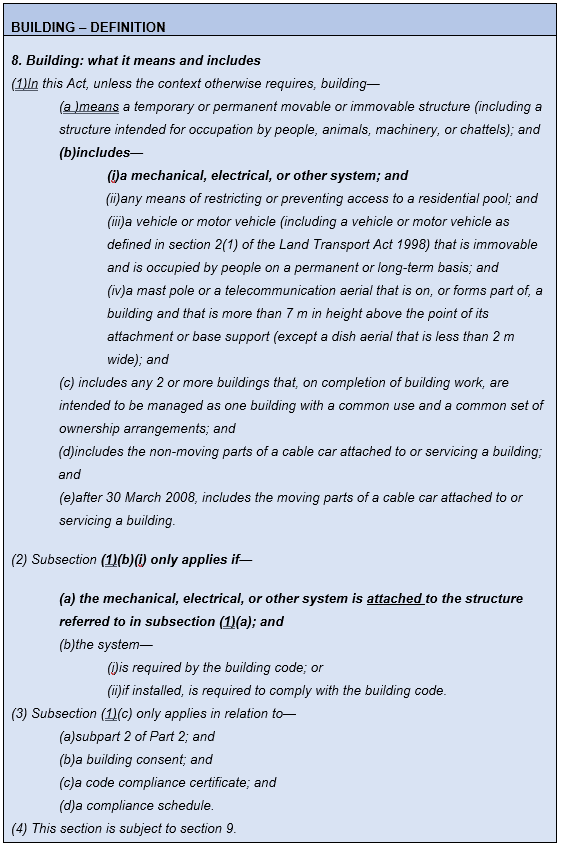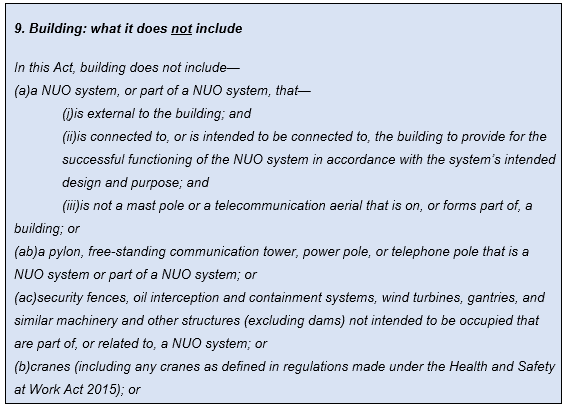Building Easement And Open Space Definition
Building Easement and Open Space Definition
While working on a terraced housing development recently we were faced with a common question pertaining to whether or not a building’s easement area needed to be fire rated.
In this instance, the ‘common easement area’ directly abuts the building and it was designated for a proposed soakage system.
Our initial thought was that the easement did not need to be fire rated, but we investigated further and found that the matter was more complicated than we originally thought.
According to the NZ Building Code requirements relating to external fire spread and fire resistance rating (FRR):
C/AS1 5.1.1 – “Where the building is protected with a sprinkler system, external walls do not need an FRR. Where the building is not protected with a sprinkler system, external walls shall have an FRR of no less than 30/30/30 in the following circumstances:
- a) Outbuildings, single household units and attached side by side multi-unit dwellings where part of the external wall is less than 1.0 m and less than 90º from the relevant boundary. See Figure 5.1. The wall shall be fire rated to protect from both directions, and…”

- It is noted that the term ‘open space’ is a defined word in the Building Code:

- Given this, firstly, no building or roof overhang is allowed in this area.
- Also, to be considered as ‘open space’, we need to determine whether the proposed soak pit is a buildingor not. The term ‘building’ is also a defined word in the Building Code:

- In this case, in our technical opinion, the term “attached” likely refers to something being physically ‘fixed’ to the building. So the soak pit, being buried underground without being ‘fixed’ to the building may be excluded from the definition of being a building.

- The soak pit is not a Network Utility Operator (NUO), as a council storm water related system, so sections 9 a) and b) are not applicable.
- The soakage system can be considered as “other similar stand-alone machinery systems” under (9)(c)(ii).

In conclusion, it became a somewhat complicated matter to determine whether the soakage is a building or not as it is, not part of an NUO system.
There are descriptions in the Building Act that support the view that the soakage system is not a building. Given, as well, that it is an underground structure, we can consider that the soakage system is not a building. The easement area, then, can be considered an ‘open space’, so that the far side boundary lines can be applied in relation to external fire spread.
This matter reveals a ‘grey area’ of the Building Act that is subject to interpretation. What you may initially think is a clear-cut application of the fire and building regulations may turn into a more complicated issue. We always recommend you consult with professional, experienced fire consultants and/or engineers like THE DESIGNFIRE team.
